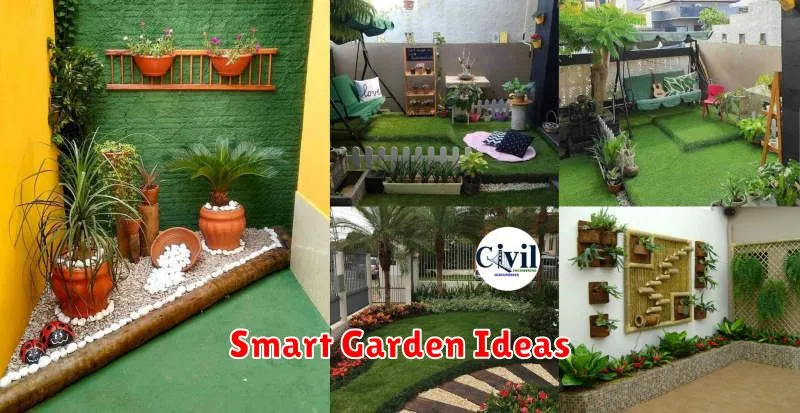Are you an urban dweller with a passion for gardening but limited space? Discover 5 smart garden tech ideas that will revolutionize your urban gardening experience. This article explores innovative solutions for maximizing yield and minimizing effort, including vertical gardening systems, smart irrigation systems, indoor grow lights, soil sensors, and automated planters. Learn how to create a thriving, productive garden, regardless of your space constraints, using the latest in smart garden technology.
Smart Irrigation Systems
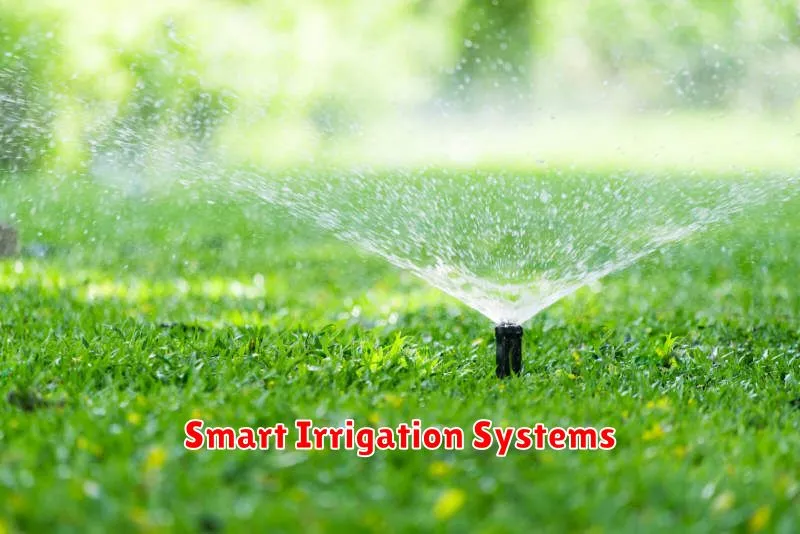
Smart irrigation systems represent a significant advancement in water conservation and efficient landscaping. These systems utilize advanced technology to optimize water usage, reducing waste and promoting healthier plant growth. By monitoring various environmental factors, they deliver precisely the amount of water needed, eliminating overwatering and underwatering.
Key features of smart irrigation systems often include soil moisture sensors, weather data integration, and automated scheduling capabilities. Soil moisture sensors provide real-time information on soil hydration levels, allowing the system to adjust watering schedules accordingly. Integration with weather data, such as rainfall and temperature, further refines watering schedules, preventing unnecessary irrigation during periods of precipitation or cooler temperatures.
The automation provided by these systems is a crucial benefit. They eliminate the need for manual adjustments, ensuring consistent and efficient watering. This automated approach not only saves time and effort for the user but also contributes to significant water savings over time. Furthermore, the data collected by these systems offers valuable insights into water usage patterns, facilitating further optimization and adjustments as needed.
Environmental benefits of smart irrigation systems are substantial. By reducing water waste, these systems contribute to water conservation efforts, lessening the strain on water resources. Moreover, they promote healthier plant growth by providing optimal hydration, reducing the risk of diseases and improving overall landscape aesthetics. The combination of water conservation and improved plant health makes smart irrigation a responsible and beneficial choice.
Economic advantages also accompany the implementation of smart irrigation. While the initial investment may be higher than traditional systems, the long-term savings in water bills and reduced maintenance costs often outweigh the initial expense. The improved plant health also contributes to cost savings by minimizing the need for replacements or remedial landscaping.
Solar-Powered Garden Lights
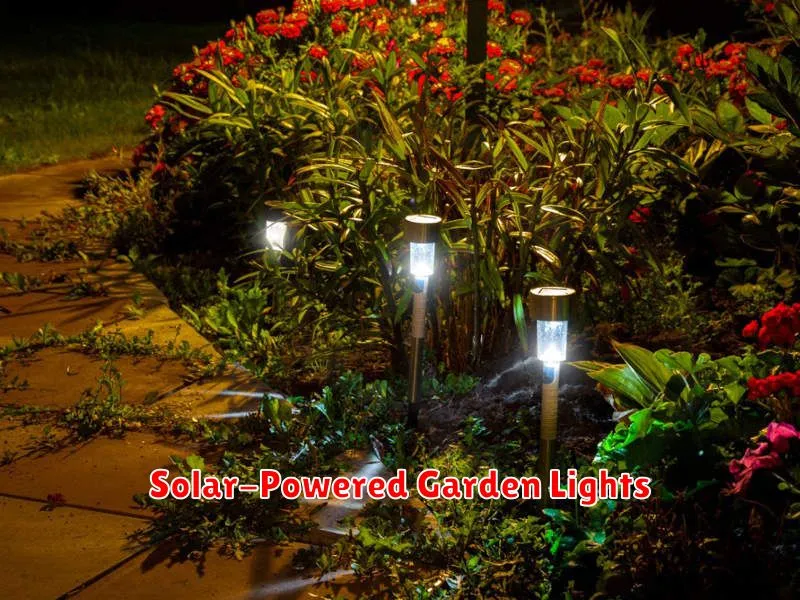
Solar-powered garden lights offer a convenient and eco-friendly way to illuminate outdoor spaces. They harness the power of the sun during the day to charge an internal battery, providing illumination at night without the need for mains electricity.
One of the key advantages of solar garden lights is their environmental friendliness. They reduce reliance on fossil fuels and minimize carbon emissions, contributing to a smaller carbon footprint. This makes them a popular choice for environmentally conscious homeowners.
Installation is typically straightforward, often involving simply inserting the lights into the ground or attaching them to existing structures. This ease of installation eliminates the need for complex wiring or electrical expertise.
Cost-effectiveness is another significant benefit. While the initial purchase price may vary, the long-term operational costs are negligible, as they require no electricity bills. This makes them a financially sound investment over time.
However, limitations exist. The amount of light produced depends on the intensity of sunlight received, meaning that performance can vary depending on weather conditions and geographical location. Furthermore, the battery life may need replacing after several years.
Maintenance is generally minimal. Regular cleaning of the solar panels is recommended to ensure optimal charging efficiency. Beyond this, the lights require little upkeep.
In conclusion, solar-powered garden lights present a compelling option for illuminating outdoor spaces. Their ease of installation, cost-effectiveness, and environmental benefits outweigh the limitations for many homeowners seeking an aesthetically pleasing and sustainable lighting solution.
Vertical Hydroponic Systems
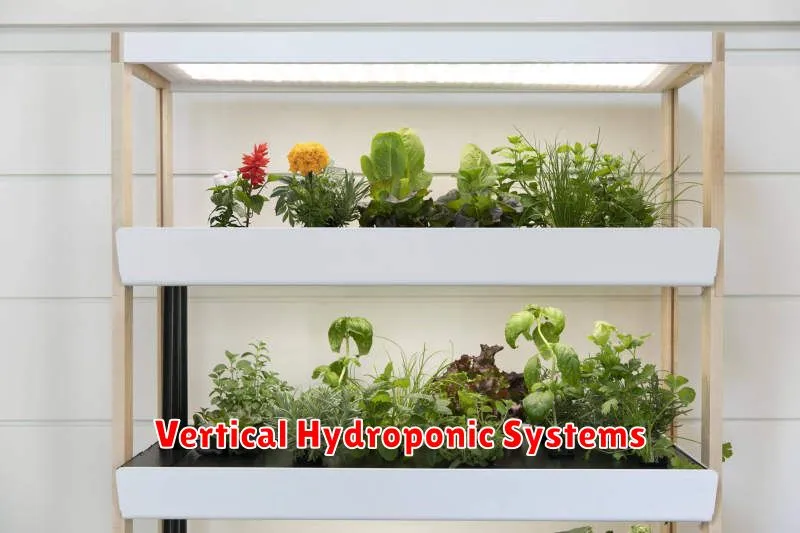
Vertical hydroponic systems represent a significant advancement in agricultural technology, offering a sustainable and efficient method for growing plants. These systems utilize stacked layers or columns, maximizing vertical space and significantly increasing yield per square foot compared to traditional soil-based agriculture.
A key advantage of vertical hydroponics is its reduced water consumption. Because the plants’ roots are directly fed with nutrient-rich water, water waste is minimized, unlike traditional methods where much water is lost through soil evaporation and runoff. This makes it a particularly attractive option in arid and semi-arid regions.
Furthermore, vertical hydroponic systems offer improved environmental control. Factors such as temperature, humidity, and light exposure can be precisely regulated, leading to faster growth cycles and higher-quality produce. This controlled environment also minimizes the risk of pest infestations and disease outbreaks, reducing the need for pesticides and herbicides.
The versatility of vertical hydroponic systems is another notable benefit. They can be adapted to various scales, from small-scale home setups to large-scale commercial operations. This adaptability makes them suitable for both urban and rural settings, contributing to local food production and reducing transportation costs.
Despite the advantages, initial investment costs for establishing a vertical hydroponic system can be relatively high. However, the long-term benefits, including increased yields, reduced water and resource usage, and improved product quality, often outweigh the initial expenses. Technological advancements continue to drive down costs and improve the efficiency of these systems.
In conclusion, vertical hydroponic systems offer a promising solution for addressing the growing global demand for food while promoting sustainable agricultural practices. Their efficiency, environmental benefits, and adaptability make them a compelling alternative to traditional farming methods.
Automated Lawn Mowers
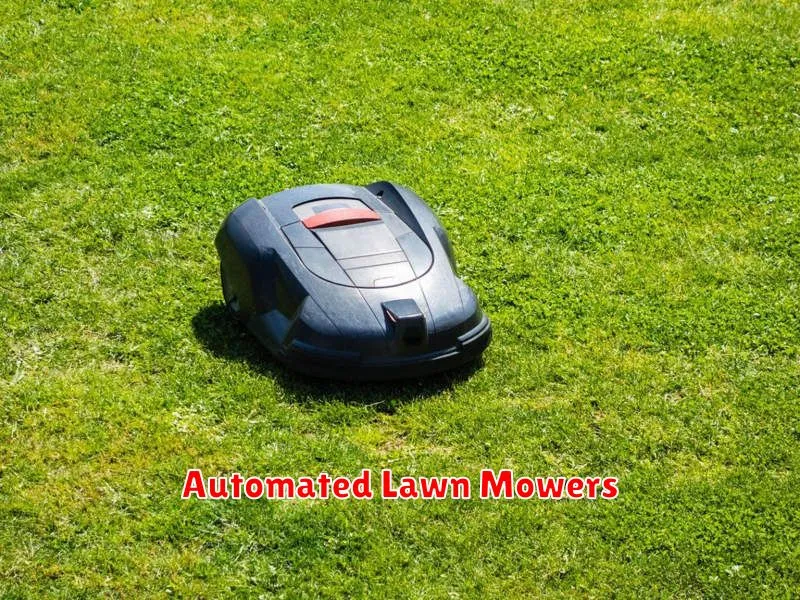
Automated lawn mowers, also known as robotic lawn mowers, represent a significant advancement in lawn care technology. These devices offer a convenient and efficient alternative to traditional mowing methods, eliminating the need for manual operation.
The operation of these machines is largely autonomous. Using a combination of sensors, GPS, and boundary wires, they navigate the lawn systematically, cutting the grass to a pre-set height. This process minimizes the physical exertion required by the homeowner, and often leads to a more consistent and even cut.
Several key benefits are associated with the use of automated lawn mowers. These include a reduction in noise pollution compared to traditional gas-powered mowers, a decrease in the amount of time spent on lawn maintenance, and the elimination of the need for storage of bulky equipment. The frequent, small cuts promoted by these mowers also contribute to a healthier lawn, reducing the need for other lawn care practices.
However, there are also some limitations to consider. The initial cost of purchasing an automated lawn mower can be significantly higher than that of a traditional mower. Additionally, these machines are typically best suited for relatively flat and uncomplicated lawns, and may struggle with particularly steep slopes or complex landscaping features. Regular maintenance, such as cleaning and blade sharpening, is also required to ensure optimal performance.
In conclusion, automated lawn mowers provide a compelling solution for homeowners seeking a more convenient and efficient lawn care method. While certain limitations exist, the overall benefits of reduced effort, improved lawn health, and environmental considerations make them a noteworthy investment for suitable applications. Careful consideration of individual lawn characteristics and budgetary constraints is advised before making a purchase.
Smart Garden Monitoring Apps
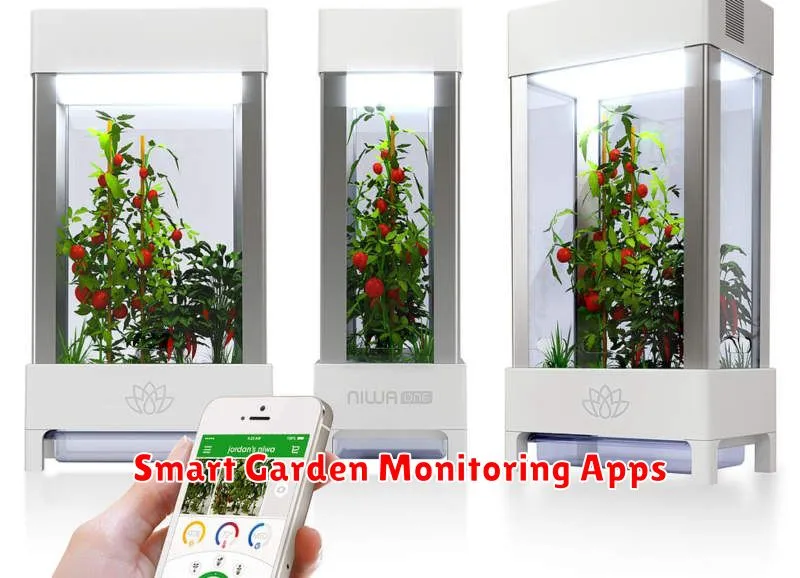
Smart garden monitoring apps are revolutionizing how we care for our plants. These apps leverage the power of connected sensors and smart technology to provide real-time data and insights into the health and well-being of your garden, whether it’s a small herb garden on a windowsill or a sprawling vegetable patch.
Many apps offer a range of features, including soil moisture monitoring, light level measurement, temperature tracking, and even fertilizer recommendations. This data empowers users to make informed decisions about watering, fertilizing, and adjusting growing conditions for optimal plant health. Some apps also incorporate automated irrigation systems, allowing for hands-free watering based on real-time data collected by the sensors.
The benefits extend beyond convenience. By providing detailed information about environmental conditions and plant needs, these apps can help to prevent problems before they escalate. Early detection of issues like underwatering or pest infestations can significantly improve the chances of a successful harvest. Furthermore, the data collected can be valuable for learning and improving gardening techniques over time.
Choosing the right app depends on individual needs and the specific features desired. Some apps focus on simplicity and ease of use, while others offer more advanced analytics and data visualization. Compatibility with various sensors and smart devices is another crucial consideration. With the increasing popularity of smart gardening, the market is constantly expanding, offering a variety of options to choose from.
In conclusion, smart garden monitoring apps provide a powerful and efficient way to manage and optimize your garden’s performance. They offer valuable insights, automate tasks, and empower users to cultivate healthier and more productive plants, making gardening more accessible and enjoyable for everyone.

